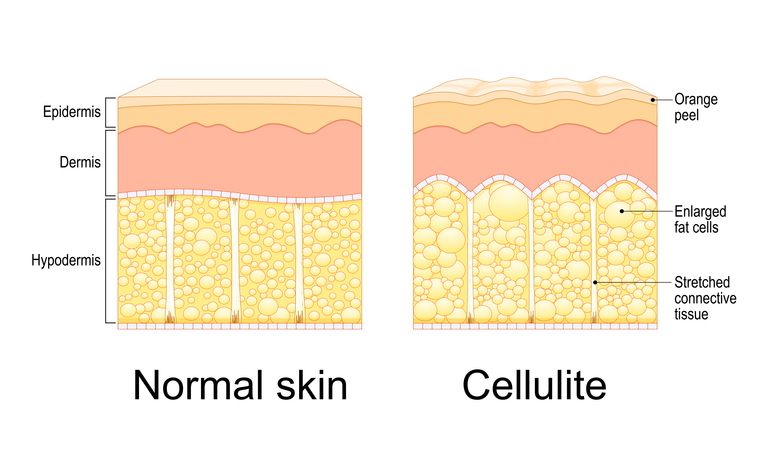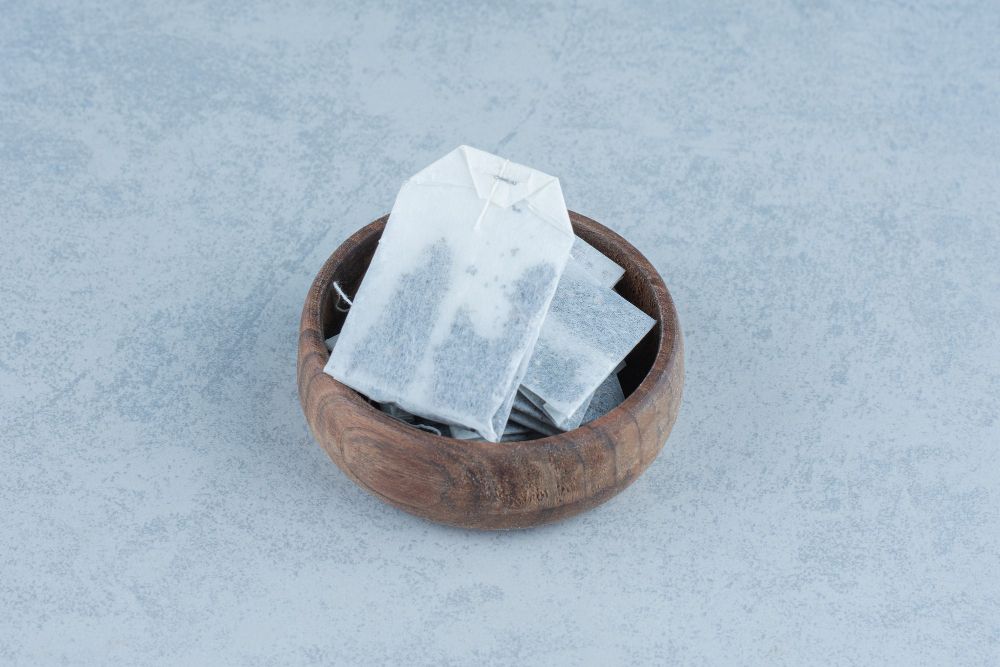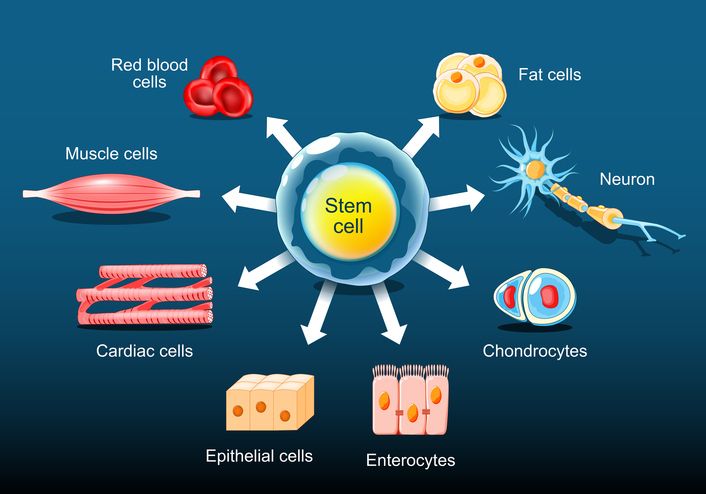
Book Now to Experience
Acne Treatment
1 Minute Self-Registration
Date should not be before minimal date
Author: Natalie Ng|21 April 2025
If your face always looks red—even when you're not hot, embarrassed, or just finished exercising—you’re not alone. Persistent facial redness is a common skin condition that can affect anyone, regardless of age or skin type. It often shows up on the cheeks, nose, chin, or forehead, and can be caused by a number of things like rosacea, sun damage, spider veins, atopic dermatitis, or even just harsh skin care products. Sometimes it’s temporary, but for many people, the redness sticks around—and so does the discomfort. In some cases, it may feel like the redness flares up out of nowhere, especially after temperature fluctuations, spicy food, or stress. And while it’s not usually dangerous, it can make you feel self-conscious, especially if the symptoms are hard to cover or treat with regular products. Depending on the condition that causes the redness, the right treatment plan can really help ease the symptoms and support your skin long term. There are effective treatment options that calm and soothe the skin, help reduce the appearance of visible blood vessels, and repair damage to your facial skin. In the next section, we’ll go over 4 ways that are proven to help reduce skin redness and restore comfort to your face. Keep reading to find out which options may work best for you—especially if you deal with flare-ups often or think you may have rosacea or another skin condition.

1
Common Causes of Facial Redness
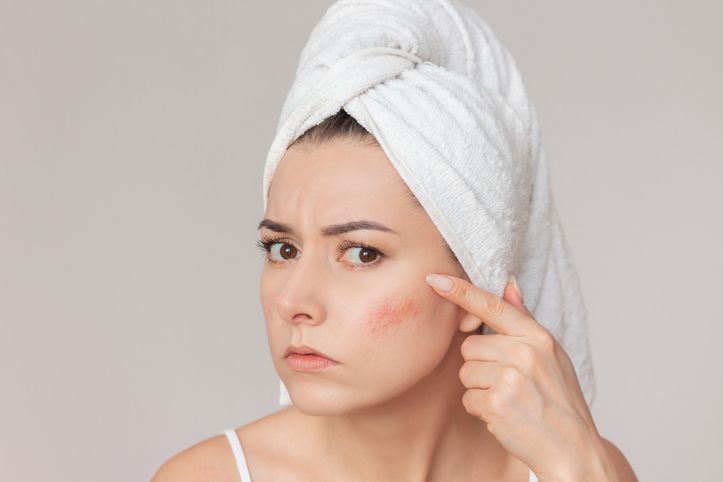
1. Rosacea
2. Sun Damage
3. Harsh Skin Care Products
4. Environmental Triggers
Other Possible Causes

2
Incorporate These Ingredients Into Your Skincare Routine
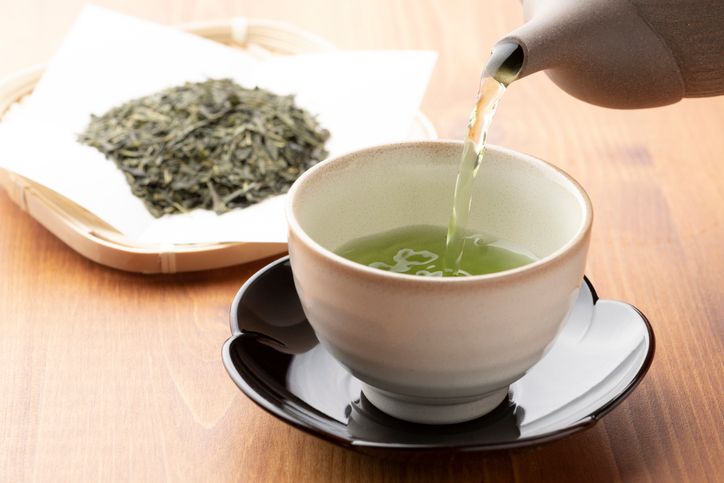
1. Niacinamide
2. Green Tea
3. Aloe Vera
4. Centella Asiatica
5. Chamomile

3
Build an Effective Anti-Redness Skincare Routine
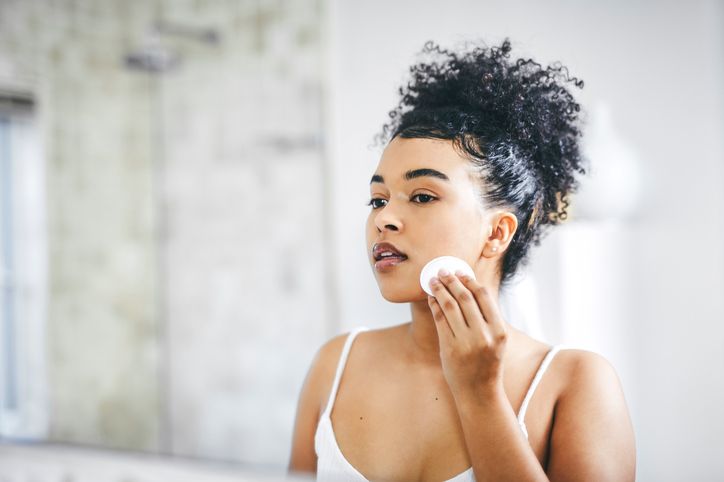
1. Use a Gentle, Sulfate-Free Cleanser
2. Apply a Calming Toner
3. Add a Targeted Anti-Inflammatory Serum
4. Moisturize With a Fragrance-Free Cream
5. Apply Sunscreen Every Morning

4
Opt For Professional Treatments
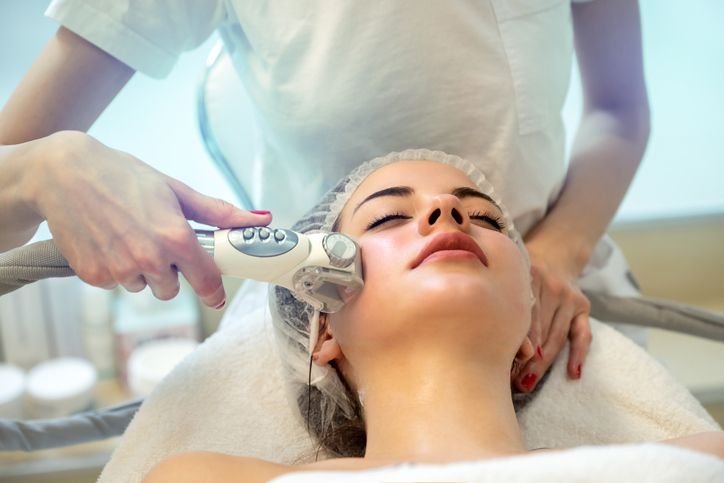
1. Laser Treatment
2. Phototherapy (Light-Based Treatment)
3. Prescription Medications
4. Chemical Peels and Professional Facials
5. LED Light Therapy

Book Now to Experience
Acne Treatment
1 Minute Self-Registration
Date should not be before minimal date

5
Make Lifestyle Changes to Minimize Redness Triggers
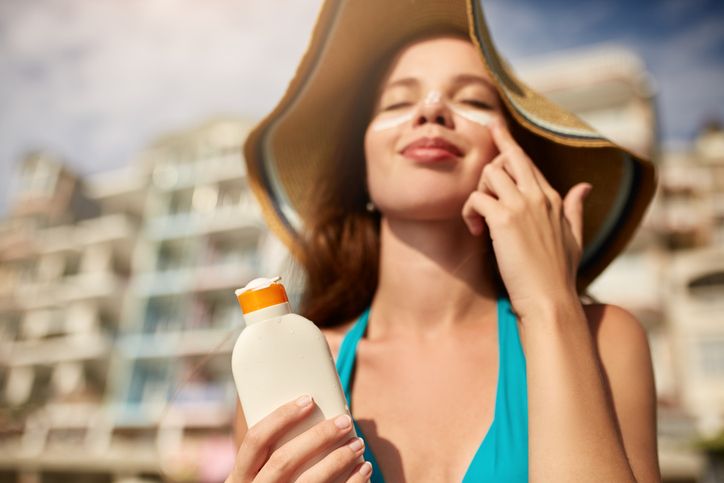
1. Protect Your Face From UV Rays
2. Avoid Extreme Temperature Fluctuations
3. Monitor Your Diet for Triggers
4. Manage Emotional Stress
5. Track Triggers With a Skin Diary
FAQ
Can Facial Redness Be a Sign of an Underlying Autoimmune Condition?
Yes, facial redness can be a sign of several autoimmune conditions, including lupus, which often presents with a butterfly-shaped rash across your cheeks and nose, and rosacea, which some researchers believe has autoimmune components. You might also experience facial redness with psoriasis, dermatomyositis, and Sjögren's syndrome. If you're experiencing persistent facial redness, especially with other symptoms, it's important to consult a healthcare provider for proper diagnosis.
How Long Does It Typically Take to See Improvements in Facial Redness?
For mild redness from irritation, you might see results within 2-3 weeks. However, chronic conditions like rosacea can take 8-12 weeks to show significant improvement. Your best approach is setting realistic expectations and staying committed to your prescribed treatment plan.
Is Facial Redness More Common in Certain Ethnic Groups or Skin Types?
This heightened visibility occurs because lighter skin makes dilated blood vessels and inflammation more apparent. People with Celtic heritage are especially prone to conditions like rosacea, while those with darker skin tones may experience redness differently due to their increased melanin content.
Can Hormonal Changes During Pregnancy Affect Facial Redness Severity?
Just like your smartphone's display can get brighter or dimmer, pregnancy hormones can substantially affect your facial redness. You'll likely notice changes because: 1) Increased estrogen levels boost blood flow to your skin, potentially intensifying redness, 2) Progesterone can trigger skin sensitivity and flushing, and 3) Your body's inflammatory responses may become heightened during pregnancy. These changes usually normalize after giving birth.
Does Living in Different Climates Impact the Likelihood of Developing Facial Redness?
Your climate substantially impacts facial redness development. Living in areas with extreme temperatures, high winds, or low humidity can trigger or worsen symptoms. Cold climates can cause blood vessels to constrict and dilate rapidly, while hot, humid environments may increase inflammation. You'll notice more sensitivity in regions with intense UV exposure or pollution. Understanding your climate's effects helps you adapt your skincare routine and protective measures accordingly

Book Now to Experience
Acne Treatment
1 Minute Self-Registration
Date should not be before minimal date
Recommended Articles
COPYRIGHT© NEW BEAUTY MANAGEMENT LIMITED 2025. ALL RIGHT RESERVED.

